


MARCELLO MALPIGHI 1628 -
Acknowledgements
Malpighi: date and artist unknown – contained in The History of Biology by the English scientist Louis Compton Miall, published 1911. Willis: by the Polish engraver David Loggan (1634-
Including:
Thomas Willis
and
Thomas Sydenham

xxxxxThe Italian physiologist Marcello Malpighi was one of the most outstanding microscopists of the century, and is regarded today as one of the founders of histology, the study of cells, tissue and organs. He made a close examination of many parts of the body, and his discovery of capillaries in 1661 confirmed William Harvey’s theory of the circulation of the blood. Among organs studied were the lungs, spleen and kidneys, and he also discovered red blood cells, the inner layer of the skin (the Malpighian layer) and the taste buds on the surface of the tongue. His advanced ideas were opposed by many, but in recognition of his life’s work he was appointed physician to the Pope, Innocent XII, in 1691. He also studied the structure and function of plants and, like his contemporary Nehemiah Grew, wrote papers for the Royal Society.
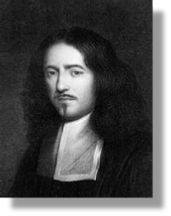 xxxxxThe Italian physiologist Marcello Malpighi, one of the founders of microscopic anatomy, is regarded by many as the most outstanding microscopist of the century. During research spanning over more than 35 years, he made a close examination of many parts of the body. Not least among his findings was the discovery in 1661 that small vessels known as capillaries connected the arteries with the veins, thus confirming and completing the theory of the circulation of the blood, put forward by the English physician William Harvey some 30 years earlier. During his long career he made a detailed study of the structure and components of a number of organs, including the lungs, spleen and kidneys, and also discovered an inner layer of the skin (the Malpighian layer), the make-
xxxxxThe Italian physiologist Marcello Malpighi, one of the founders of microscopic anatomy, is regarded by many as the most outstanding microscopist of the century. During research spanning over more than 35 years, he made a close examination of many parts of the body. Not least among his findings was the discovery in 1661 that small vessels known as capillaries connected the arteries with the veins, thus confirming and completing the theory of the circulation of the blood, put forward by the English physician William Harvey some 30 years earlier. During his long career he made a detailed study of the structure and components of a number of organs, including the lungs, spleen and kidneys, and also discovered an inner layer of the skin (the Malpighian layer), the make-
xxxxxIt was on the strength of such research that he and his contemporary, the Dutch microscopist Antoni van Leeuwenhoek, are regarded today as the founders of what came to be known as the science of histology, a branch of medicine concerned with the minute structure of cells, tissue and organs.
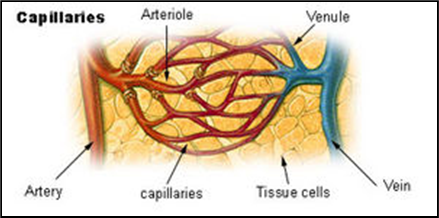 xxxxxMalpighi was born in Crevalcore, near Bologna, and after studying at Bologna University for a degree in medicine and philosophy, was appointed professor of theoretical medicine at Pisa University in 1656. It was here that he began his microscopic observations, and became highly critical of the prevailing teaching in physiology and medicine. For family and health reasons, he returned to Bologna in 1659 and, two years later, made his major discovery concerning the network of pulmonary capillaries that serve to connect the small veins to the small arteries. This finding -
xxxxxMalpighi was born in Crevalcore, near Bologna, and after studying at Bologna University for a degree in medicine and philosophy, was appointed professor of theoretical medicine at Pisa University in 1656. It was here that he began his microscopic observations, and became highly critical of the prevailing teaching in physiology and medicine. For family and health reasons, he returned to Bologna in 1659 and, two years later, made his major discovery concerning the network of pulmonary capillaries that serve to connect the small veins to the small arteries. This finding -
xxxxxDiscoveries of this nature, contradicting as they did ancient medical beliefs, soon involved Malpighi in a great deal of bitter wrangling with his colleagues, many of whom would not accept his findings, either through jealousy or a genuine lack of understanding. Because of this open hostility, in 1662 he went to teach at Messina University in Sicily. It was during his four-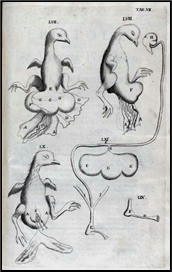 made an honorary member, the first Italian to be thus honoured.
made an honorary member, the first Italian to be thus honoured.
xxxxxHe returned to Bologna University in January 1667 and, in addition to his research into human anatomy, turned his attention to the study of insect larvae -
xxxxxBy its very challenge to prevailing knowledge, Malpighi's research -
xxxxxApart from his research into human anatomy, Malpighi also made a detailed study of the structure and function of plants, and it was in this field that he came to know the English botanist and physician Nehemiah Grew (1682). They are considered today as the founders of plant anatomy. Both wrote treatises on their work, and in 1671 both sent the results of their microscopic studies to the Royal Society in London.
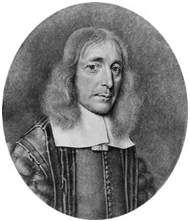 xxxxxLike Malpighi, the English physician Thomas Willis (1621-
xxxxxLike Malpighi, the English physician Thomas Willis (1621-
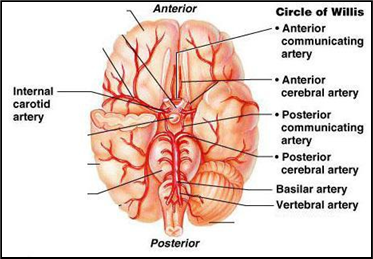
xxxxxIn addition, Willis did pioneer work into the study of diabetes mellitus, and wrote at length about a number of diseases hitherto barely touched upon, such as the mental disorders associated with melancholia and hysteria. In 1671 he was also the first to record the chronic muscular fatigue which can lead to paralysis (myasthenia gravis), and he provided the name for puerperal fever, an infection within the mother following childbirth, and commonly known as childbed fever.
xxxxxHe was born in Great Bedwyn, Wiltshire, and from 1660 to 1675 was a professor of natural philosophy at Oxford. He became well known in London after opening a very fashionable and lucrative practice there in 1666.
xxxxxLike Malpighi, Thomas Willis (1621-
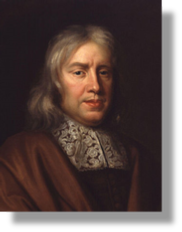 xxxxxResearch of like value was achieved by his fellow countryman and physician Thomas Sydenham. (1624-
xxxxxResearch of like value was achieved by his fellow countryman and physician Thomas Sydenham. (1624-
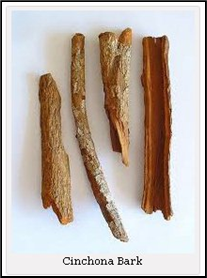
xxxxxA thorough, painstaking practitioner, he provided accurate clinical detail on a number of diseases, including gout, measles, scarlet fever and chorea. The affliction commonly referred to as Saint Vitus Dance -
xxxxxValuable findings were also made by his fellow countryman and physician Thomas Sydenham (1624-
C2-


